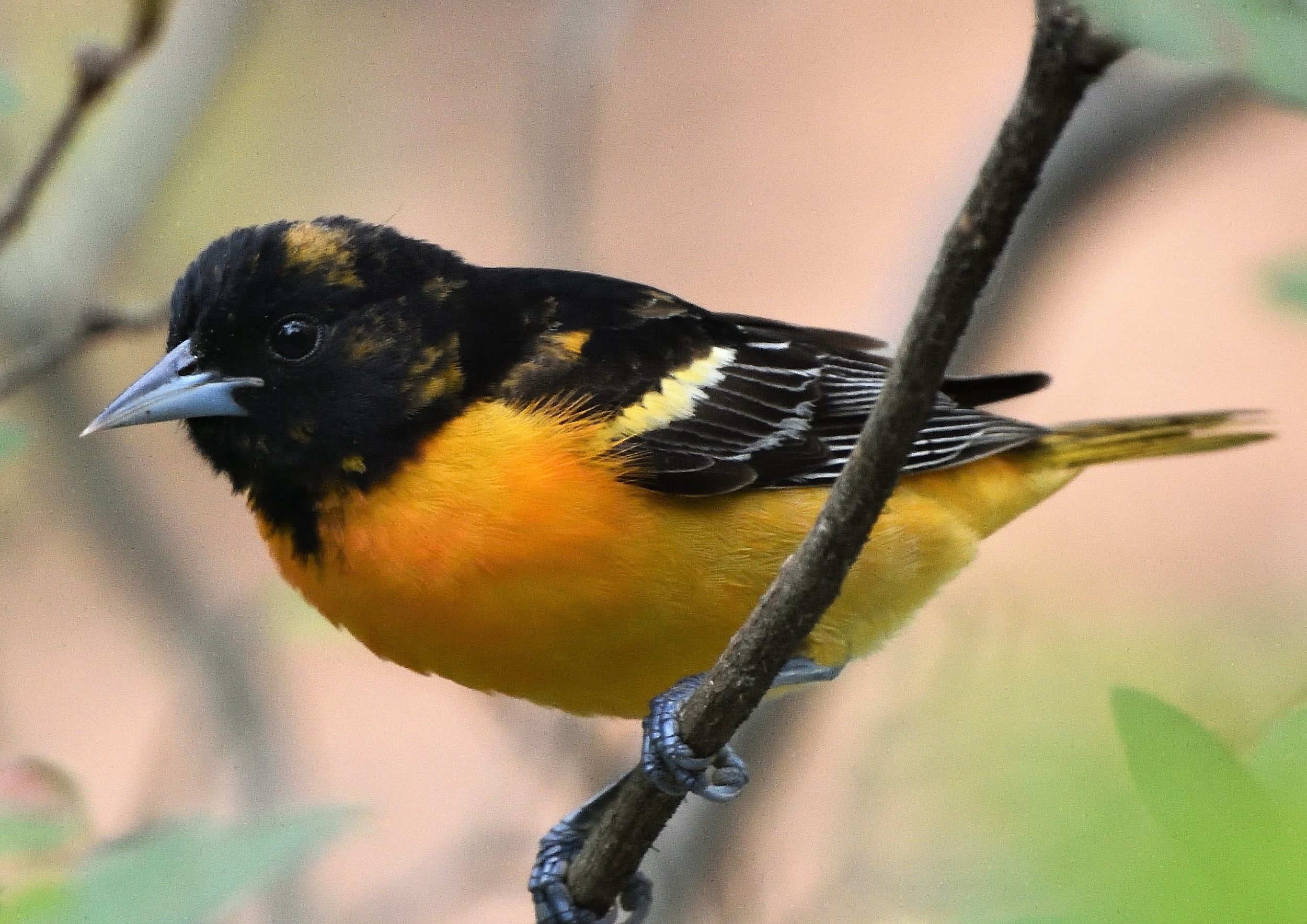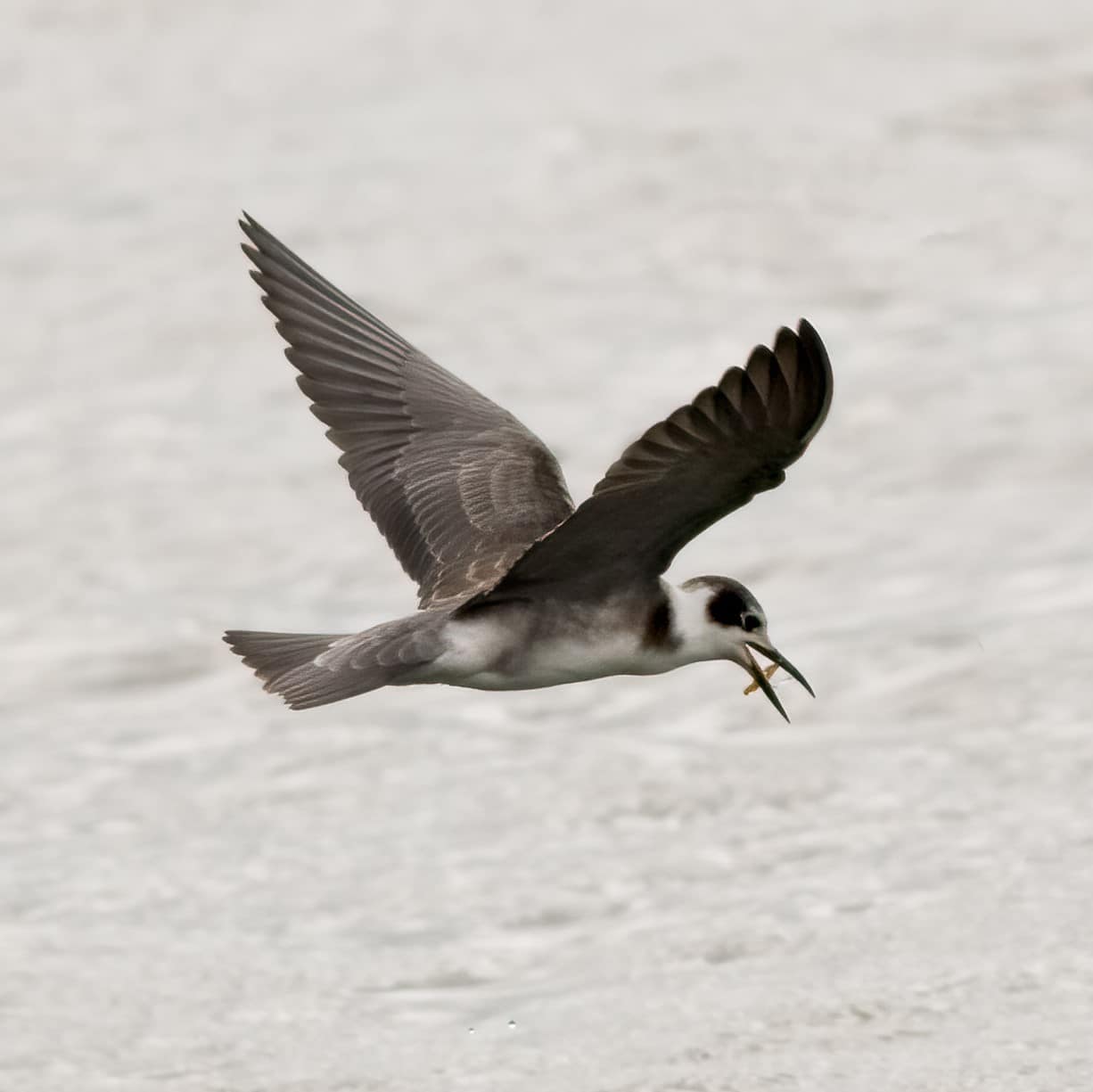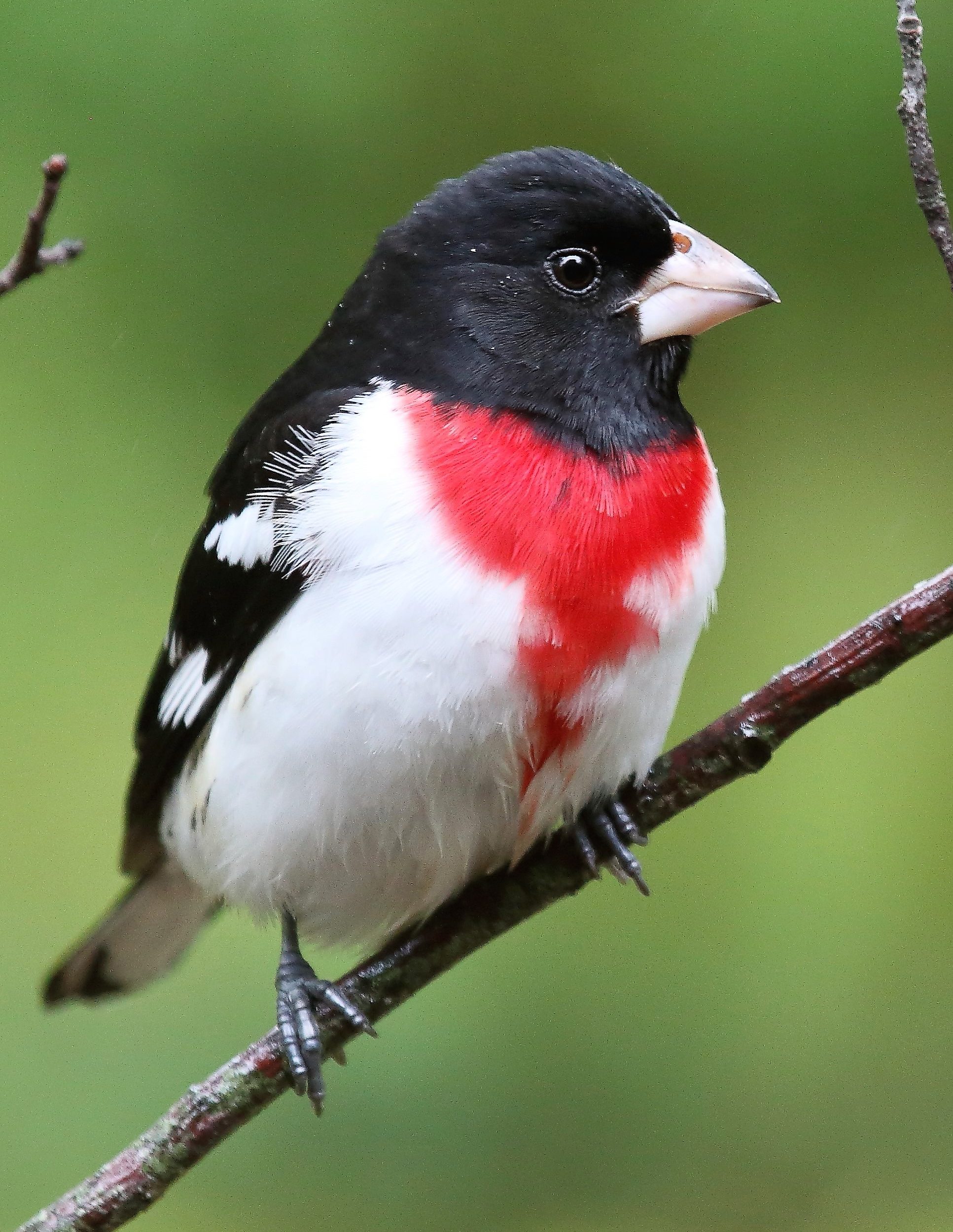Spring migration is upon us in south Mississippi. The Ides of March usually brings the first Ruby-throated Hummingbirds, with other returning migrants hot on their tails, so to speak. For birders and backyard bird watchers alike, this is an exciting time of the year. We welcome back birds that will spend the summer with us, raising young here in Mississippi, as well as birds that we call transient migrants: species that pass by on their way to more northern areas of the U.S. and Canada. But where do these transients end up after their long travels – some flying thousands of miles between their winter and summer homes?
Any good birding book has the answer in the range maps that show the pattern of their annual distribution. However, that is only part of the story. What if you could follow some of these species from their temporary stop in your backyard to their final summer destination – without leaving home? Having friends at the other end of their migration is the answer, and that is the fun of this migration quest. My friends Pete Blank and Erin Parker reside in Detroit, Michigan, and are waiting – in their winter parkers – in the snow – for some of the birds that will be landing on our end of the flyway any day now.

This “South to North and Back Again” quest is all about sharing our respective experiences with species that we know we will both see as they make their way back home to North America. Pete and Erin chose three species that they know stop in Michigan to breed later this spring and summer, and that can be seen in south Mississippi in both the spring and fall migration. Two of these, Baltimore Orioles and Rose-breasted Grosbeaks, show up in our backyards and are the easiest to spot. The third, Black Terns are found cruising our tidal bayous and bays and are more likely seen from the water.

In this way, those of us on the Mississippi coast and Pete and Erin in Detroit can live vicariously through our respective observations and reports. What do their nests look like? How many young ones do they raise? What habitats do they live in – up north? Do they have Southern or Northern accents? Pete and Erin will be our eyes and ears as we follow our migrants’ lives between our glimpses of them in March/April and again in September/October. We will provide them and their birding friends fair warning that our feathered friends are on the way to them or back to South America.
And although the Orioles and Grosbeaks are easy enough to see, looking for Black Terns will engage the more adventurous of us, and our fishermen friends, giving them something to do when the fish aren’t biting. A little bit for all of us. Should be fun! Social media provides a perfect way to share what we all see – when we see them. Please tag your photos with #SouthtoNorthandBackAgain – @OurMSHome. Let’s have fun and follow these birds beyond the brief glimpses we get when they pass us by.
Hope to see you in our great outdoors!




